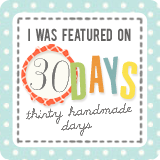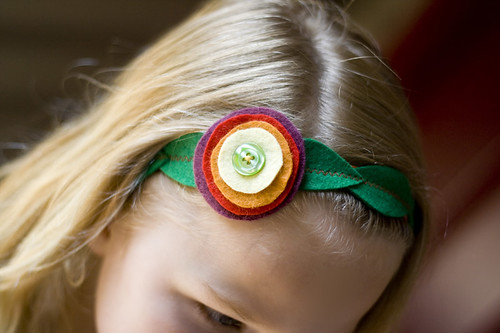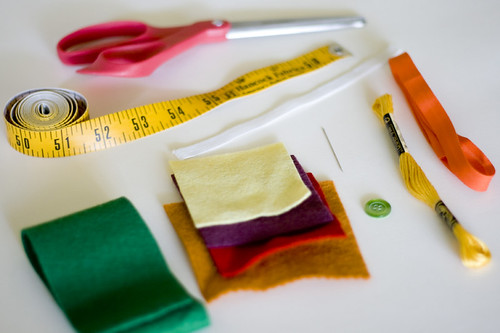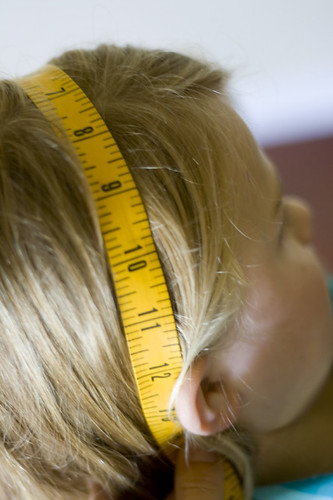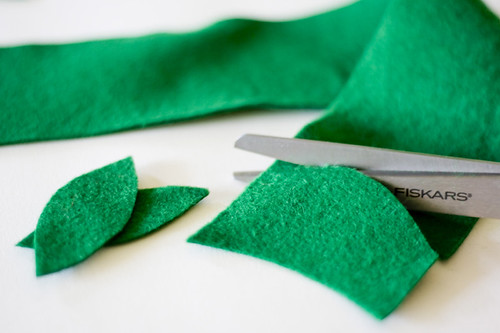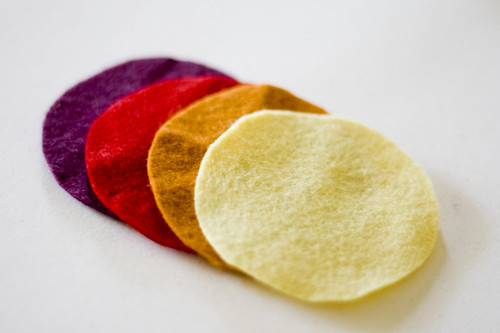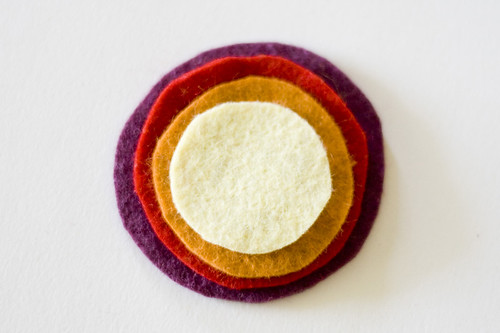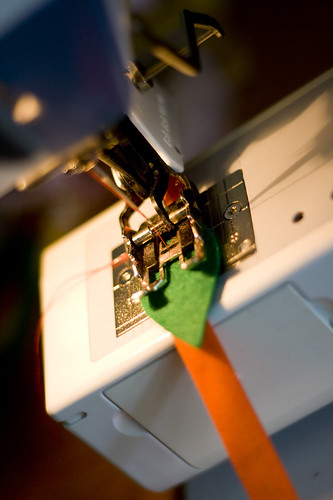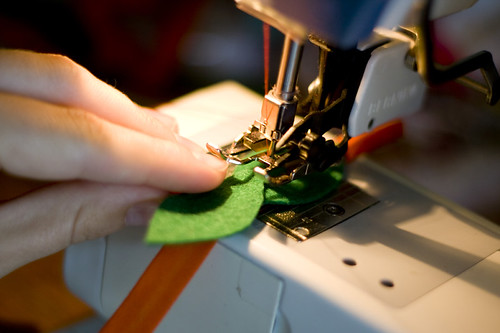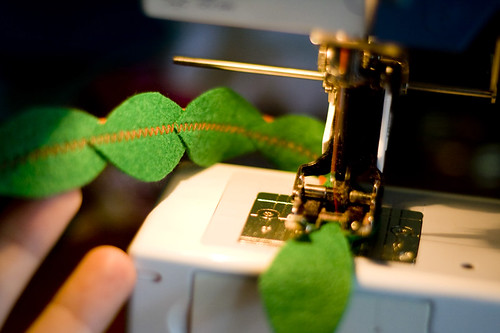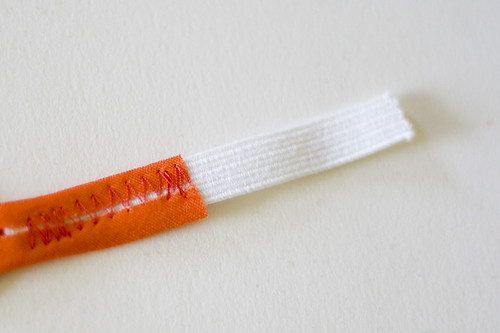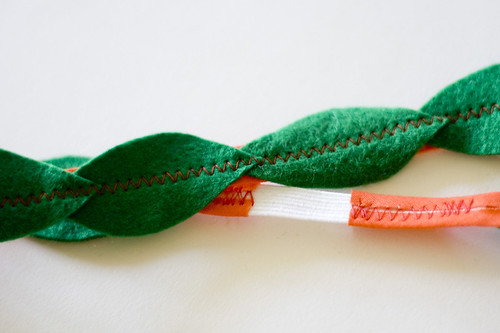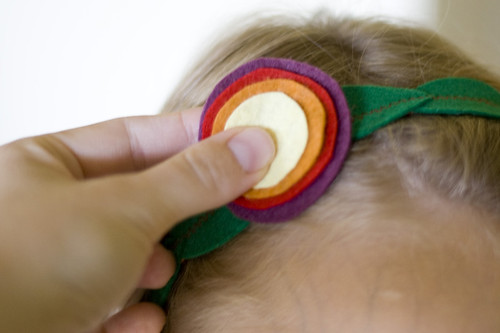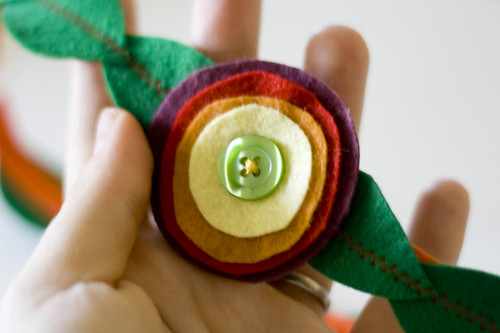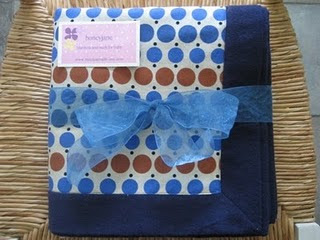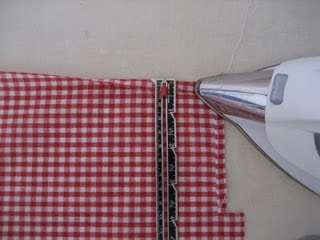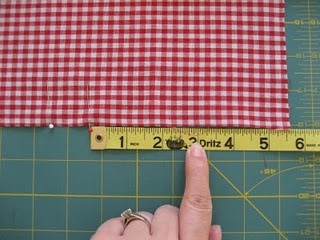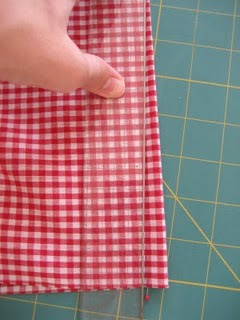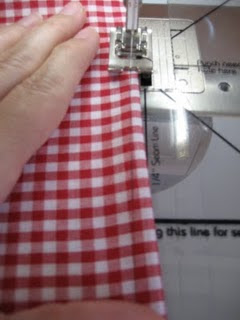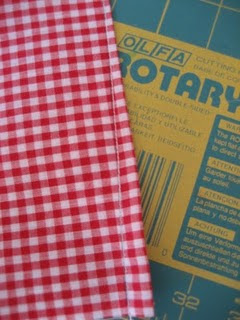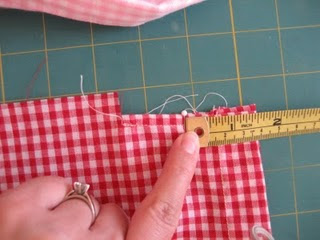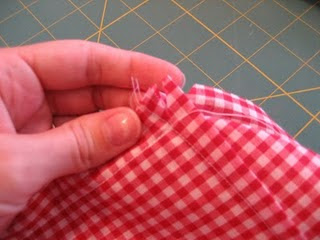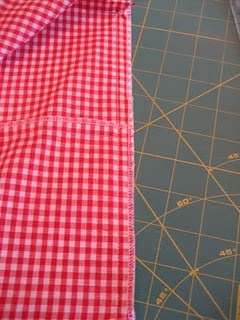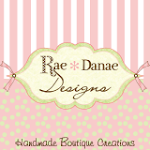***This giveaway is now closed***
The featured shop this week is Olives on a String. Annie, the owner, is just precious and makes the most gorgeous things. She is obviously quite talented because when you look around her shop you will see a variety of things including artwork, pilots caps, hair pretties and even graphic design!
And because I love to share a little background on shop owners: Annie Reynolds grew up in an uber creative home in Southern California, but now resides in the East Coast countryside with her husband and three little girls. Interested in all things artistic, she loves to paint, draw, photograph, sew, embroider, crochet, knit and no longer thumbs her nose at glue-guns. She currently runs Olives on a String, an Etsy shop featuring hair accessories for the young and not-so-young, Scandanavian-style custom pilot caps for babies and children, and various forms of artwork.
Annie has written an awesome tutorial for us! Check out this precious flower headband! You'd like to make one for your little darling, wouldn't you?
The good news is, it only takes about 20 minutes from start to finish. Let's do this thing!
What you'll need: Everything shown below,
as well as a threaded sewing machine that can zigzag stitch.
(Scissors, measuring tape, scraps of several different colors of wool felt, a strip of green wool felt about 16 inches long an 2.5 inches wide, a strip of bias tape (about 16-18 inches), a small strip (about 5 inches) of elastic as wide or just a little less wide than the width of the bias tape, a button, embroidery thread and a needle.)
First measure the head of that darling of yours.
The strip of bias tape should be just a few (3-4) of inches shorter than that measurement.
Next, cut leaf shapes out of the green wool felt in a horizontal row.
You'll end up with somewhere between 10 and 12.
You could also do this with pinking sheers for a jagged edge if you're wild and crazy like that.
Next cut your scraps of felt into circles,
place the first circle on top of the next to use as a pattern if you want.
Decide what order of colors you want your flower. Bask in the possibilities.
Trim the edges of the flower, getting smaller with each ascending layer.
The circles don't have to be perfect. What's the fun in that, anyway?
It's time to sew the leaves onto the bias tape, which will be the base for the headband.
If you have the option, set the width of the zigzag wide enough to sew together the underside flaps of the bias tape. Place a leaf about two inches from one end of the bias tape and zigzag stitch down, but do not sew all the way to the end of the leaf.
(A walking foot is shown here in the picture, but is in no way necessary. I was too lazy to take it off. That's the way I roll.)
Be sure to leave about 1/4 inch of the leaf unsewn.
This next step you can do two different ways: You can slip the top end of the second leaf underneath the foot, being sure to overlap 1/4 inch of the second leaf
on top of the remaining 1/4 inch of the first leaf and continue zigzagging.
Or you can put your needle down, lift up your foot and overlap the second leaf on top of the first leaf, with 1/4 inch of the second leaf on top of the remaining 1/4 inch of the first leaf and continue zigzagging.
Continue overlapping the leaves and zigzagging them onto the bias tape until you reach about 2 inches from the end. You might have a leaf or two left over. That's ok.
Use it for your Adam and Eve costume this Halloween.
On one end of the headband, place about 1 inch of the elastic inside of the bias tape casing
and zigzag, leaving enough left to allow for some exposed and enough for the other end to go inside the casing. It should probably be a little more than what is shown here.
Woops. Learn from my mistakes, young grasshoppah.
Now might be a good time to peel your darling away from her Polly Pockets
and fit the headband on her, seeing how much elastic you should use so it fits properly.
Keep her close by--you're going to need her adorable head again in just a minute.
Once you have that measurement and make any needed adjustments
(like trimming the elastic, or in my case, ripping the stitches out and placing a longer piece of elastic in, arg!), place the other end of the elastic, again about 1 inch, inside of the bias tape casing and like before, zigzag stitch down, leaving at least an inch of elastic exposed
so that the headband stretches. It should look something like this when you're done sewing:
Now have her try on the headband, making sure the elastic is centered in the back.
While she's putting it on, thread your needle with the embroidery thread.
Then grab your stack of circles and decide where to place your flower on the headband.
I'm a big fan of putting flowers on the side of the head, just below the part, flapper girl-style. Vintage is all the rage, people.
Use your fingers as a pin and keep the flower on the headband in the right spot while taking the headband off. With your free hand, place the button in the middle of the flower.
Sew the button onto the headband, sewing through the layers of felt, using the button to secure the flower onto the headband.
And there you have it! A cute mod flower and leaf headband. You're done!
Olives on a String also has a giveaway for Noodles & Milk readers! One winner will get to pick a beautiful hair accessory of their choice from the styles shown below.
To enter the giveaway, visit Olives on a String and come back here leaving a comment with your favorite item. The giveaway will remain open until Friday, Sept 3rd at midnight.
Annie has also generously offered free shipping on all orders to all Noodles & Milk readers valid
8/30/2010-9/5/2010! This will save you at least $5! Just enter "Noodles&Milk" in the comments of the order and she will refund your shipping charges.
Enjoy!








